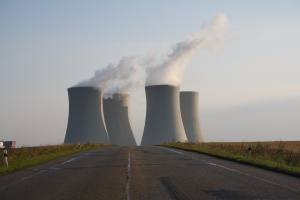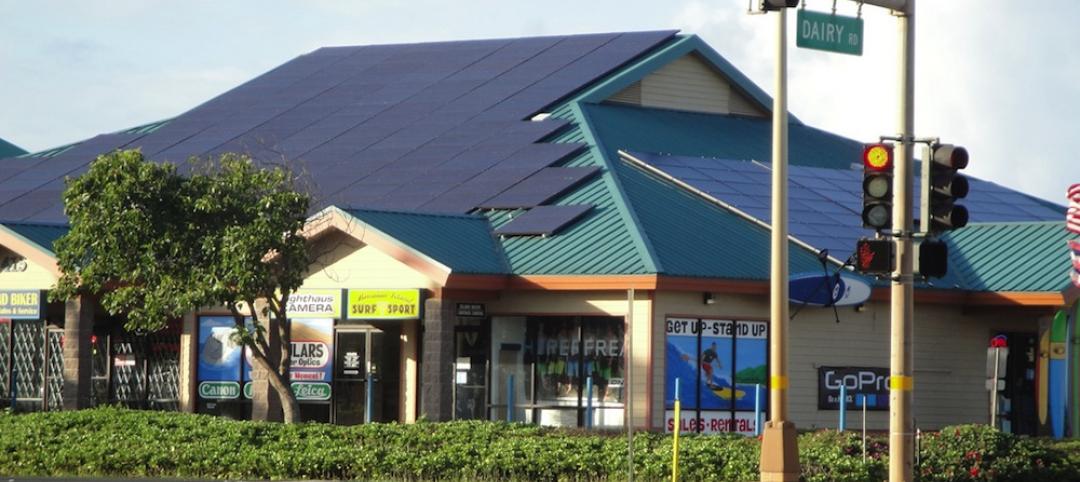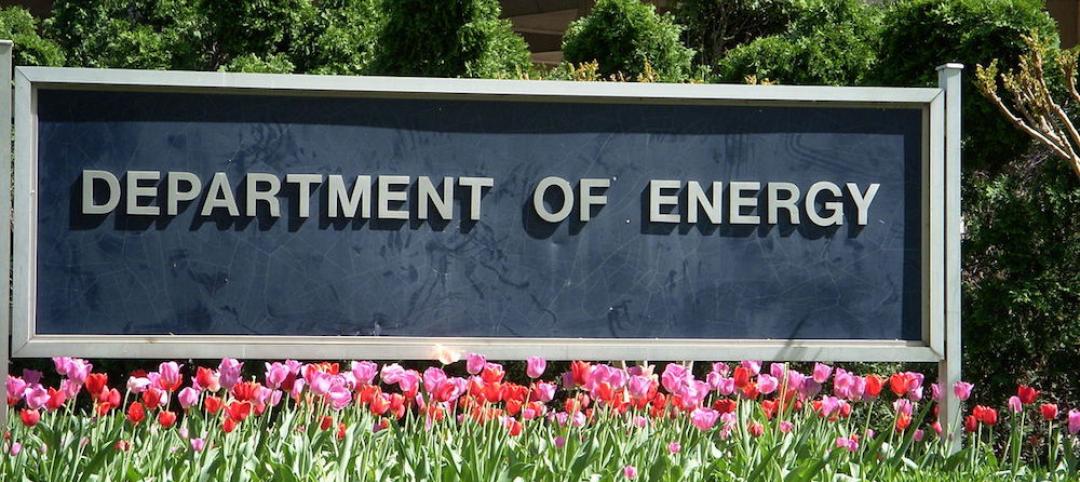On February 27, The American Institute of Architects (AIA) and nearly 1,000 businesses from across the country urged Congress to reject efforts to repeal the law setting goals for reducing fossil fuel use in federal buildings by 2030.
The letter comes in response to reports that the oil and gas lobby pushed to include a repeal of Section 433 of the Energy Independence and Security Act in the bipartisan Shaheen-Portman energy efficiency bill.
“It is unfortunate that the fossil fuel industry has demanded gutting federal energy laws through in the Shaheen-Portman bill,” said AIA CEO Robert Ivy, FAIA. “Sens. Shaheen and Portman have spent more than two years crafting a bipartisan energy efficiency bill. We support the original bill, which has many admirable provisions, but cannot in good conscience support legislation that undermines laws that help the federal government save taxpayers money by conserving energy.”
Last year, the Senate Energy and Natural Resources Committee approved the otherwise bipartisan Shaheen-Portman bill that encourages families, businesses and the government to save energy. It is not clear whether the revised bill can move forward in its current form.
“We remain committed to finding consensus solutions to improve Section 433,” Ivy said. “But so long as its opponents demand a full repeal, we do not believe the bill serves the interests of the American public.”
The letter states that design and construction companies across the country are already designing buildings that meet, and in some cases exceed, the current targets in Section 433. “In fact, Section 433 has enabled design firms to develop new design strategies that they are now using to help private-sector clients reduce their energy loads,” the letter states.
A full text of the letter can be found here. A “Myth vs. Fact” document about Section 433 of EISA can be found here.
Related Stories
Sports and Recreational Facilities | Apr 17, 2016
An expanded and renovated complex brings together U. of Colorado’s sports programs
This two-year project enhances the experiences of athletes and fans alike.
Building Technology | Apr 11, 2016
A nascent commercial wireless sensor market is poised to ascend in the next decade
Europe and Asia will propel that growth, according to a new report from Navigant.
Multifamily Housing | Mar 10, 2016
Access and energy control app clicks with student housing developers and managers
Ease of installation is one of StratIS’s selling features.
BIM and Information Technology | Mar 2, 2016
Thanks to MIT researchers, Boston now has its very own citywide building energy model
The most detailed model ever for a city this size will help Boston meet its long-term energy use goals.
Energy Efficiency | Feb 23, 2016
Economists, energy efficiency practitioners need to work together for better cost/benefit studies
Flawed energy efficiency research yields misleading, confusing results.
Green | Feb 18, 2016
Best laid plans: Masdar City’s dreams of being the first net-zero city may have disappeared
The $22 billion experiment, to this point, has produced less than stellar results.
Green | Feb 1, 2016
Supreme Court ruling on demand response expected to benefit smart grid
Ruling allows PV owners and other small energy generators to continue to be paid wholesale rates for power they generate.
Codes and Standards | Jan 22, 2016
State Savings Calculator analyzes savings associated with energy codes
The calculator breaks down the cost-effectiveness of energy codes on a state-by-state basis.
Green | Nov 17, 2015
DOE launches new data collaborative to help cities and states boost building efficiency
The SEED Standard will help manage, standardize, share performance data.
Energy Efficiency | Nov 16, 2015
Amazon will heat its new Seattle campus with waste heat from next-door data centers
Up to 4 million kilowatt-hours of energy will be saved each year.















